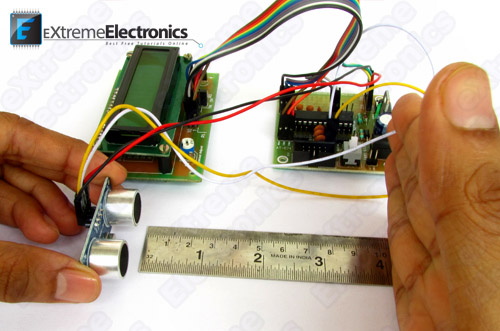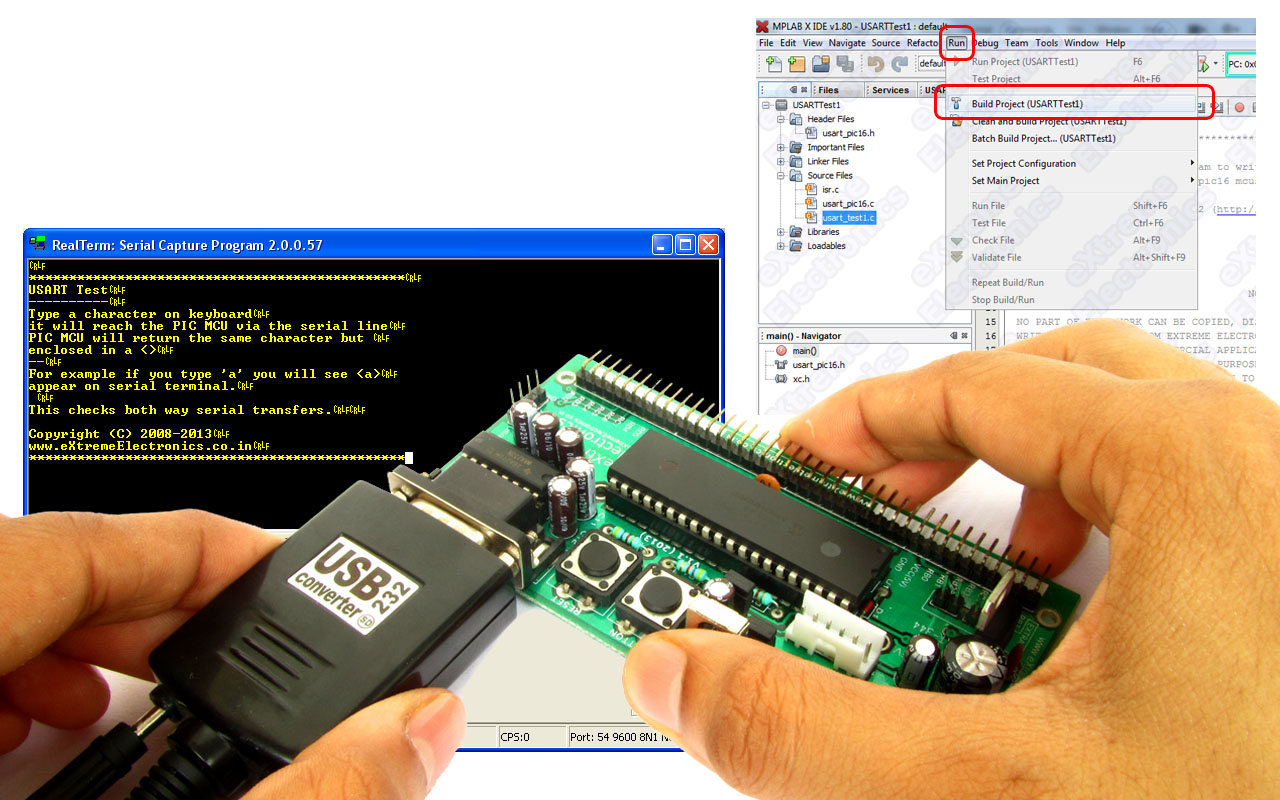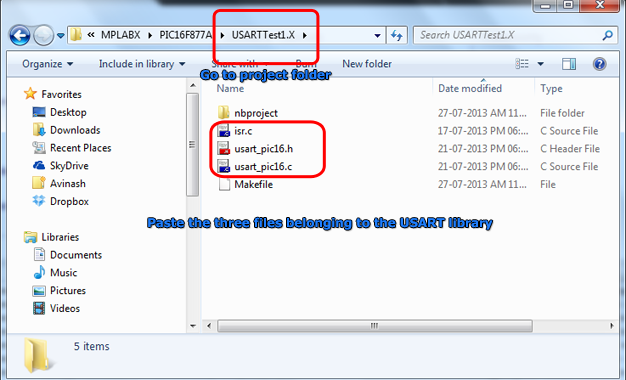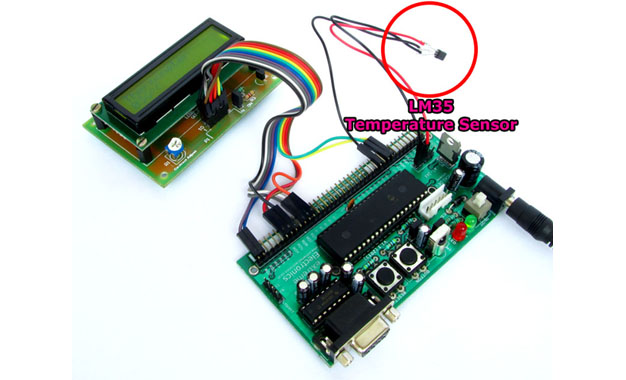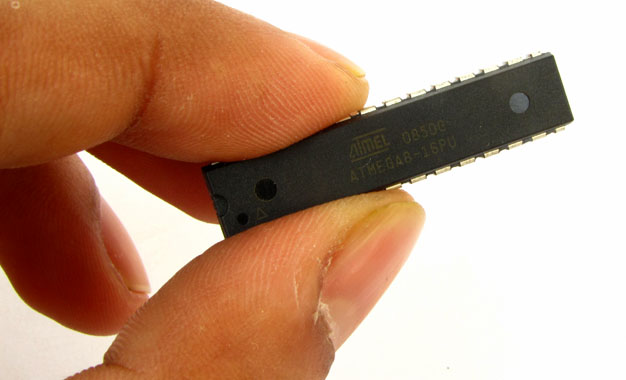
IIT Guwahati Model United Nations, Techniche
As the journey enters its 16th year, Techniche – the annual techno-management festival of IIT Guwahati is set to write new chapters as they introduce the Model United Nations Conference as one of the highlights of the fest organized in collaboration with UN Information Centre for India and Bhutan. The MUN Conference is a perfect imbiber of all that Techniche seeks to achieve – to ideate innovation, nurture leadership and kindle global insight and aims at promoting the MUN culture in North-East India. Model UN conferences are a simulation of UN conferences and committees. Students take on the roles of diplomats from different countries, representing their nation in discussions and debate on a particular agenda topic in the conference. These agendas reflect issues taken up by the UN for discussion. Delegates must research their allotted countries in great detail, understanding their own foreign policy and thus the considerations and compulsions that determine state behaviour on the international stage. They must also research their committee agenda, fully exploring the intricacies of the issue at hand, including the background, history, its treatment in the UN system, resolutions passed on it, major countries involved, causes, consequences, past action and more. Finally, delegates must research and propose innovative and feasible solutions to the problem, within the framework of the organ or agency they are […]



